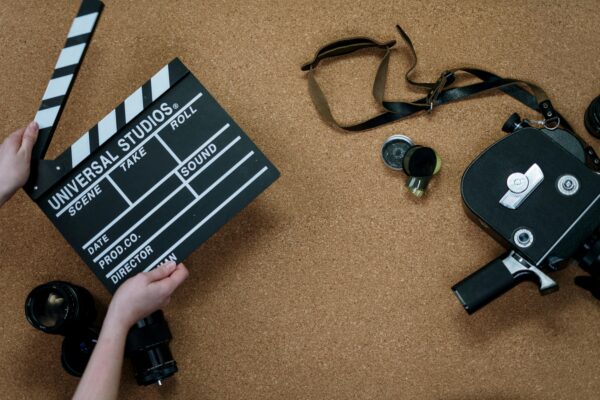Within the sphere of theaudiovisual translation service, neologisms, new terms that arise from translation, are not the exception, but actually an essential part of a highly creative, specialized process. When we see terms like “muggle” or “grogu”, we’re dealing with language engineering, which involves understanding the narrative, semiotic and cultural structures specific to the audiovisual format.
“Muggle”: adapting neologisms in subtitling and dubbing
Recent studies on professional audiovisual translation have analyzed the subtitling of literary neologisms in audiovisual adaptations. A paper on the Chinese version of Harry Potter highlights how “muggle” creates a tension between loyalty to the original work and clarity for the target audience. In this case, transcreation strategies are applied, combining phonetic, cultural and stylistic aspects to maintain the identity of the Rowling world without alienating the viewer.
“Grogu”: managing viral neologisms on screen
The Grogu phenomenon in The Mandalorian is paradigmatic in audiovisual translation. As seen in research on audiovisuals and context, when an invented term becomes widespread in popular culture before it is released —“Baby Yoda”—, the audiovisual translation agency needs to decide between keeping that name in the subtitles and dubbing or immediately introducing the official name. This choice impacts the viewers’ experience: Stick with the viral reference or get ahead of the official narrative?
The technical role in the professional audiovisual translation agency
Audiovisual translation goes beyond merely the text: it involves lip synchronization, narrative rhythm, semiotic decisions and cultural adaptation. As Chaume (2019) says, professional dubbing requires us to consider time restrictions (isochrony), lip synchrony (lip-sync) and intonation, as well as preserve the emotional typology of the original. In this setting, coining words is not something done on a whim. Instead, it’s a strategic response to technical and narrative limitations.
Recent studies in artificial intelligence applied to human dubbing state that the naturalness of the voice and the quality of the translation are often more significant than mere length equivalence or exact synchrony. This means that the audiovisual translator needs to balance loyalty, esthetics, efficiency and technical quality: a big challenge for any audiovisual translation service.
The word as a narrative tool in the audiovisual translation service
Words like “muggle”, “hobbit”, “matrix” or “grogu” demonstrate that professional audiovisual translation involves technical inventiveness, semiotic decisions and cultural sensitivity. It is not enough just to translate: we need to recreate names, sounds and narrative influences for different audiences.
In this context, an audiovisual translation agency that combines technical experience, linguistic creativity and rigorous culture analysis becomes an invaluable ally. At Blarlo, a translation agency in Madrid and translation agency in Bilbao, among other places, we understand that translating is also creating experiences. If you are looking for an audiovisual translation service that can master both technique and creativity, at Blarlo, we are ready to take your projects to the next level.






